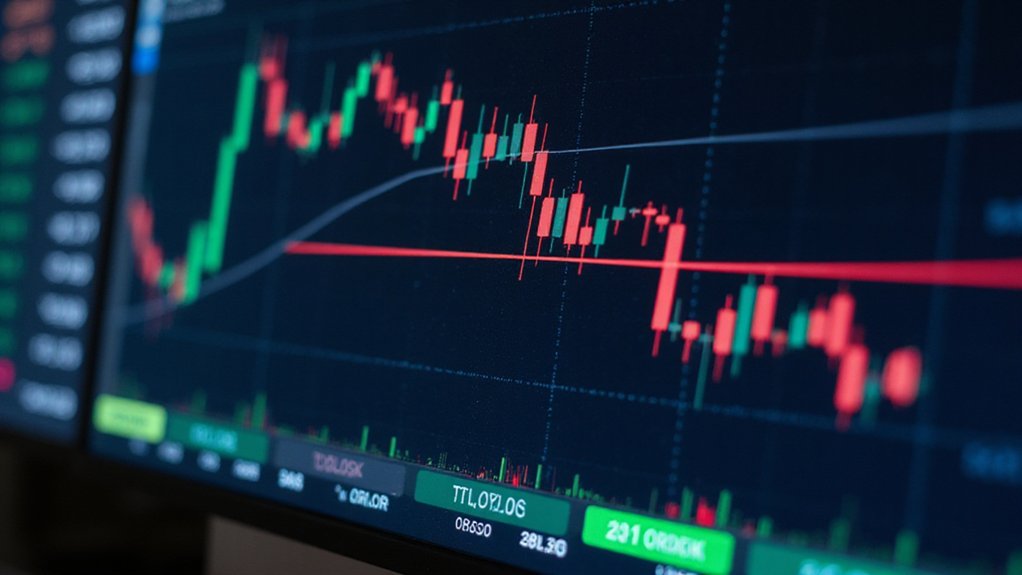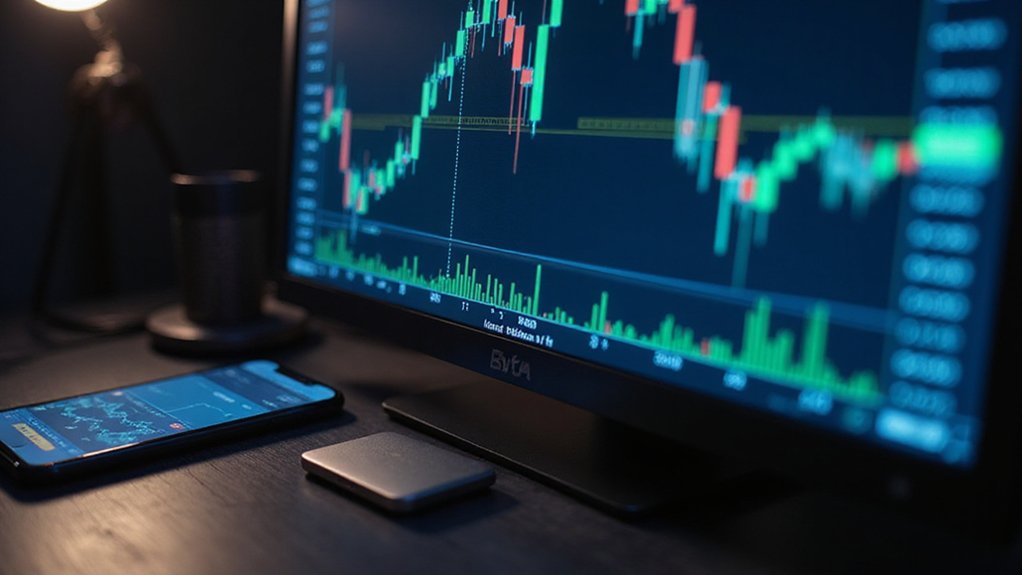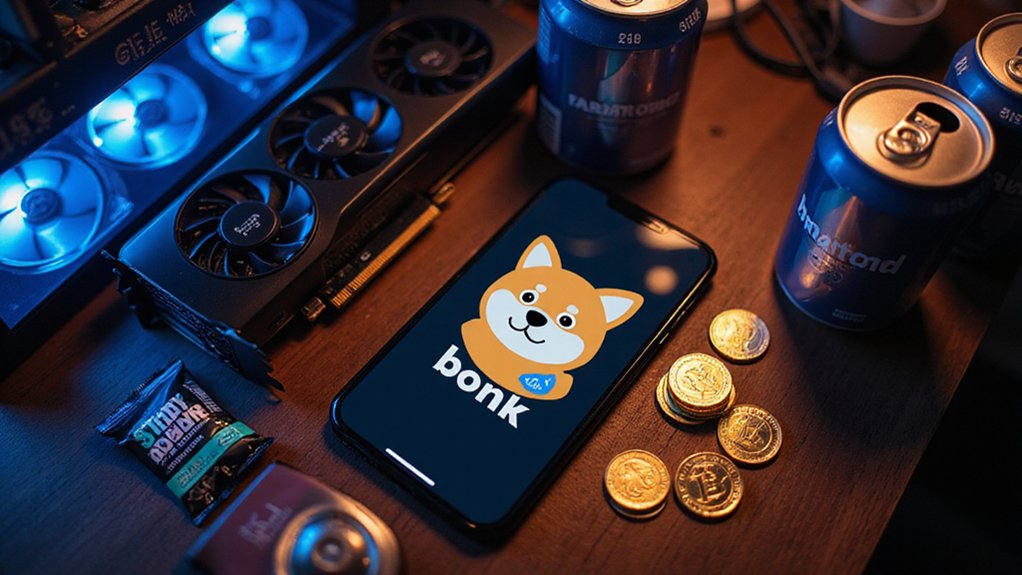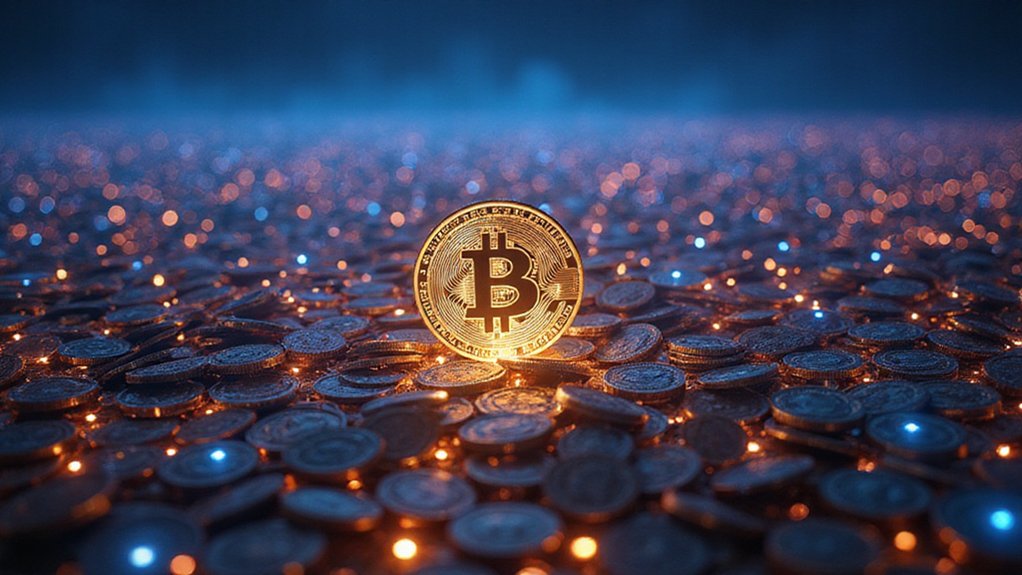A limit order instructs brokers to buy or sell securities at a specific price (or better), giving traders precise control over execution prices. Unlike market orders that execute immediately at prevailing rates, limit orders patiently wait for price conditions to be met—sacrificing guaranteed execution for price discipline. These orders remain valid until executed, canceled, or expired, typically following first-come, first-served protocols. Particularly valuable during market volatility, they transform reactive trading into strategic positioning—a financial fortress against market irrationality that savvy investors regularly deploy.

A limit order—that essential instrument in any trader’s toolkit—represents a specific instruction to buy or sell a security at a predetermined price or better, thereby allowing investors to exert precise control over their execution prices in an otherwise capricious market.
Unlike their impetuous cousins, market orders (which execute at whatever price the market deems appropriate at that moment), limit orders stand resolute, refusing to budge until their price demands are met.
Where market orders dance to the market’s capricious tune, limit orders stand their ground, demanding their price terms be met.
For the buy-side participant, this means acquiring shares at or below the specified limit; for sellers, it’s the inverse—transactions occur only at the limit price or higher.
This price discipline comes with a rather obvious trade-off: while market orders practically guarantee execution (albeit at potentially unfavorable prices), limit orders offer no such certainty.
One might set a perfectly reasonable limit order that never executes simply because the market, in its infinite wisdom, refused to reach the specified threshold during the order’s validity period.
Such is the capricious nature of financial markets.
Limit orders typically remain valid until executed, canceled, or expired according to predefined parameters—often up to 30 days, depending on brokerage policies.
Their strategic deployment can be particularly advantageous in volatile markets, where price swings might otherwise leave traders at the mercy of momentary irrationality.
Astute investors combine them with stop orders to create thorough risk management frameworks, effectively establishing both entry and exit parameters for their positions.
In cryptocurrency trading specifically, these can be combined into stop-limit orders that trigger at a certain price point but only execute within specified price parameters.
The sophistication of limit orders doesn’t come without costs, however.
Brokerages, ever mindful of their bottom line, frequently charge premium fees for these more complex instructions.
This additional expense reflects both the increased processing requirements and the understanding that limit orders typically indicate a more discerning clientele.
For the disciplined investor with specific price targets and a disinclination to chase markets, limit orders provide an invaluable mechanism for portfolio management.
They transform reactive participants into strategic players, establishing predetermined conditions for market engagement rather than succumbing to the psychological pitfalls of real-time decision-making in an environment designed to provoke emotional responses.
These orders follow a first-come, first-served execution protocol, meaning earlier placed limit orders at the same price will be filled before those submitted later.
A common limit order use case involves institutional investors purchasing large blocks of shares, as seen when a portfolio manager might instruct a good-till-canceled order to buy thousands of shares once a target price is reached.
Frequently Asked Questions
How Long Does a Limit Order Remain Active?
Limit orders typically remain active for a predetermined period, often defaulting to 30 days unless otherwise specified.
Their duration ultimately depends on the broker’s policies—some offer good-til-canceled (GTC) options that persist until manually terminated.
Traders maintain full control, adjusting or canceling orders as market conditions evolve (a prudent strategy, considering the financial markets’ notorious fickleness).
The order automatically expires upon reaching its validity deadline, though execution—should the specified price be met—renders duration irrelevant.
Can I Modify or Cancel a Limit Order?
Investors can indeed modify or cancel limit orders on most brokerage platforms, though with notable caveats.
Modifications to price and order type are typically permitted through mobile or desktop interfaces, while cancellations are accessible via “Activity” or “Pending” tabs with one-click functionality.
However, certain parameters remain immutable post-submission (duration, account type), and after-hours modifications sacrifice queue position.
Worth noting: modifying partially executed orders may result in split transactions—a peculiarity of modern trading mechanics.
Are There Fees Specific to Limit Orders?
Yes, limit orders often incur higher brokerage fees than market orders due to their complexity.
This fee differential compensates brokers for managing conditional trades that require more technical attention.
While online platforms may offer competitive rates, traders still encounter varying fee structures depending on brokerage policies and execution methods.
The NYSE applies specific fees for limit orders based on volume tiers and order ratios.
Ultimately, traders must weigh these direct costs against the potential price advantages limit orders provide.
What Happens if Only Part of My Limit Order Executes?
When only part of a limit order executes, it’s called a partial fill. The unfilled portion remains open in the order book, awaiting execution at the specified price or better.
This common occurrence stems from insufficient liquidity at the desired price point—particularly with larger orders or during thin market conditions.
Traders should note that multiple partial fills, especially across different days, might trigger separate commission charges (where applicable), potentially increasing overall transaction costs despite the order’s unchanged parameters.
Can Limit Orders Be Used for After-Hours Trading?
Limit orders aren’t just permitted for after-hours trading—they’re practically mandatory.
Most brokerages prohibit market orders outside regular sessions, recognizing that the post-4PM wilderness of thin liquidity and price volatility requires guardrails.
Investors can deploy various flavors: Day+Extended, GTC+Extended, Pre-Market, or Session-Specific orders, each with distinct timing parameters.
The prudent trader leverages these constraints strategically, setting price boundaries that protect against the occasionally irrational price action that defines the after-hours landscape.









